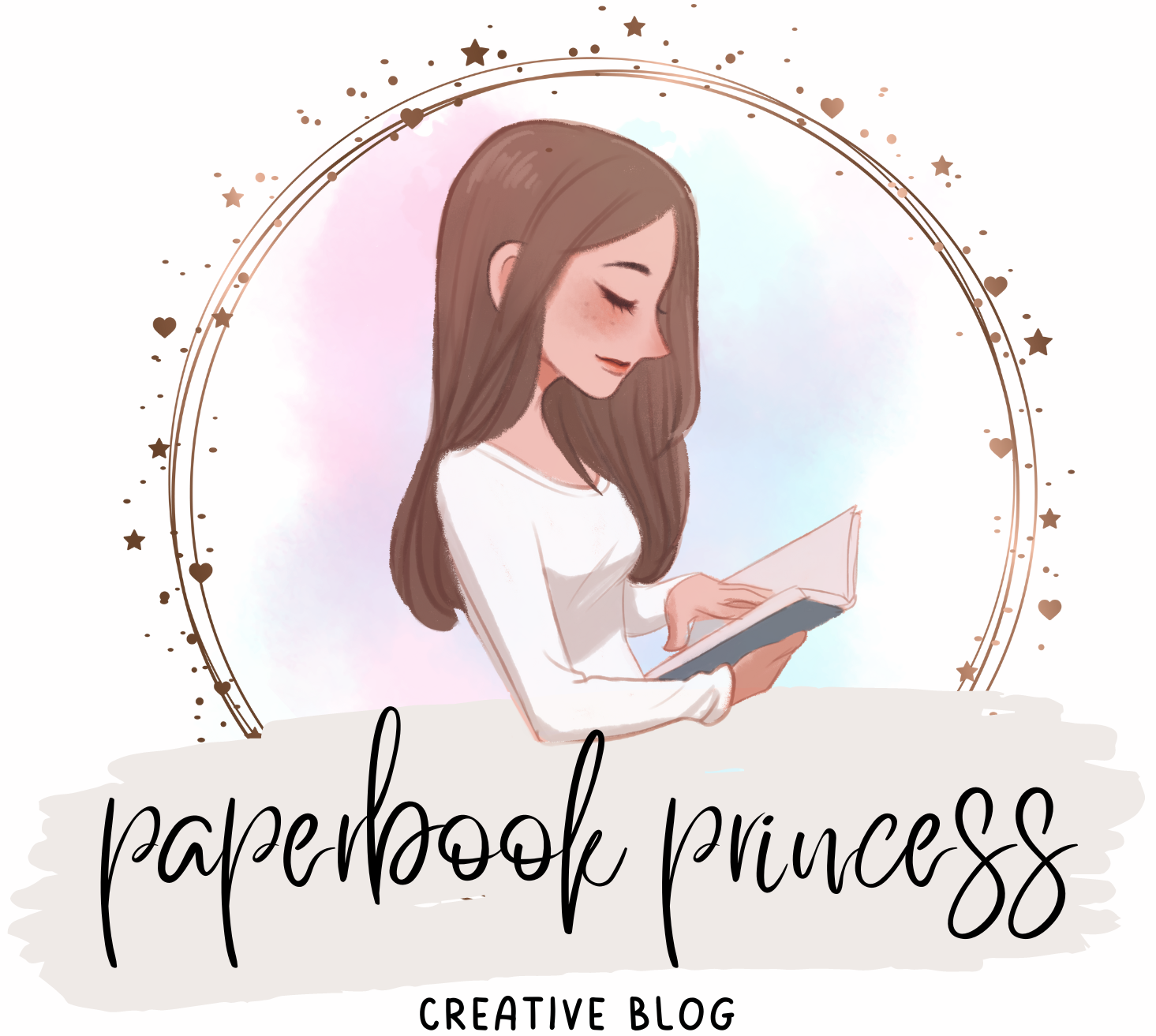
Music in Film and Television: Enhancing Narrative and Emotional Impact
Music plays a crucial role in film and television, shaping the emotional landscape and enhancing storytelling. It can elevate scenes, evoke feelings, and leave lasting impressions that words alone often cannot achieve. From iconic scores that define a genre to subtle background tunes that create atmosphere, the integration of music is essential for compelling visual narratives.
In both mediums, music not only supports the story but also creates a connection with the audience. Composers and songwriters work diligently to craft soundscapes that resonate with viewers, underscoring pivotal moments and enriching character development. This interplay between sound and imagery is what makes cinematic experiences memorable.
Understanding the impact of music in film and television unveils the artistry behind these creations. It reveals how familiar themes and motifs can transport audiences into different worlds, making the experience profoundly immersive. By examining these elements, one can appreciate the intricate relationship between sight and sound in the storytelling process.
Historical Evolution of Music in Film and Television
The integration of music into film and television has undergone significant transformation since its inception. This evolution reflects changes in technology, artistic vision, and audience expectations. Examining early sound design and the impact of television reveals key developments in how music enhances storytelling.
Early Sound Design and Film Scores
The advent of sound in film began in the late 1920s, shifting from silent films to “talkies.” Early sound design relied heavily on live musical accompaniment to create an atmosphere. Composers like Max Steiner emerged, crafting film scores that underscored emotional moments and character development.
By the 1930s and 1940s, orchestral scores became pivotal in films. Steiner’s work on “King Kong” (1933) established a template for dramatic scoring. Innovations in recording technology enabled more complex compositions. The use of thematic motifs linked to characters, as seen in John Williams’ scores from the 1970s onward, further solidified music’s role in narrative.
Impact of Television and the Growth of TV Scores
Television introduced new challenges and opportunities for music composition. Initially, TV shows relied on library music, but as series gained popularity, original scores became essential. Composers began to create recognizable themes that enhanced audience engagement.
The 1960s saw the emergence of iconic TV scores. Jerry Goldsmith’s work on “The Twilight Zone” and Lalo Schifrin’s “Mission: Impossible” theme are notable examples. As the medium evolved, so did the complexity of TV scores. Shows like “Game of Thrones” and “Stranger Things” now feature intricate compositions that reflect cinematic quality.
Music in television continues to adapt, with streaming services investing in original scores, further blurring the lines between film and TV music.
The Art of Composing for Visual Media
Composing for visual media involves a nuanced understanding of musical elements, orchestration techniques, and the integration of diverse genres. This art form not only enhances storytelling but also shapes the emotional landscape of film and television.
Orchestration in Film Music
Orchestration is a crucial aspect of film scoring, where composers blend various instruments to create unique soundscapes. The use of strings, brass, woodwinds, and percussion can evoke specific emotions or highlight key moments in a narrative.
Effective orchestration requires knowledge of harmony and texture. For instance, lush strings can convey romance, while dissonant brass can build tension. Composers often utilize piano and guitar to complement these orchestrations, providing a harmonic foundation or thematic motifs.
Ultimately, orchestration helps to define a film’s auditory identity and enhances the viewer’s experience.
Songwriting for Film and Television Themes
Songwriting for film and television involves crafting memorable themes that resonate with audiences. These themes often capture the essence of characters or settings, establishing a strong emotional connection.
In this process, lyrics play a significant role. They encapsulate the themes and narratives while being catchy enough to linger in viewers’ minds. For example, a romantic storyline may be paired with heartfelt lyrics, while an action scene could feature dynamic, energetic verses.
The collaboration between composers and lyricists is vital, as both must align their visions and styles to produce cohesive and impactful work.
Influence of Electronic Music on Modern Scores
The rise of electronic music has significantly influenced modern film scores. Composers now integrate synthesizers and digital audio workstations to create innovative soundscapes that were previously unattainable.
Electronic elements can be used to enhance traditional orchestration or to stand alone as primary components of a score. For example, ambient sounds can provide atmospheric backgrounds, while rhythmic patterns can drive action sequences.
This integration allows for a blend of styles, appealing to a broader audience and redefining genre boundaries within visual media. Composers who embrace these technologies often find new ways to express creativity and emotional depth in their works.
Integration of Music in Various Media Formats
Music significantly enhances the impact of commercials, video games, and films through its ability to create emotional connections and memorability. The integration of music in these formats plays a vital role in engaging audiences.
Music’s Role in Commercials and Advertisement
In commercials, music serves as a powerful tool for branding and consumer recall. It sets the mood and tone, influencing viewers’ perceptions and emotions. For instance, a catchy jingle can make a product memorable, often remaining stuck in a consumer’s mind long after the ad has aired.
Different types of music can evoke specific feelings; upbeat tracks can convey excitement, while slower melodies may create a sense of trust or nostalgia. Advertisers carefully select music that aligns with their target demographic to enhance the effectiveness of their message. The integration of popular songs can also tap into existing fanbases, increasing engagement.
Contribution of Music to Video Games and Interactive Media
In video games, music is essential for immersion and narrative progression. Each score is meticulously designed to enhance gameplay experiences, reflecting the emotional landscape of gaming. Dynamic music adapts to player actions, creating a responsive and engaging atmosphere.
For example, a dramatic boss battle may feature intense orchestration, while exploration might be accompanied by softer, ambient sounds. The incorporation of bass-heavy tracks can heighten tension and excitement during critical moments. Soundtracks often contribute to storytelling, making players feel connected to characters and plotlines.
Synergy Between Music, Dance, and Choreography in Film
The relationship between music, dance, and choreography in film is a vital part of performance art. Dance sequences carefully choreographed to music enhance both the visual spectacle and emotional impact of a scene.
Films like “La La Land” and “Dirty Dancing” illustrate the seamless integration of music and movement. The music’s rhythm guides choreography, allowing dancers to express emotions and narrative through their movements. This synergy captivates audiences, drawing them into the film’s world through a shared emotional experience shaped by sound and motion.
Modern Distribution and Consumption of Film and TV Music
The landscape of music in film and television has shifted significantly due to technology and new consumption patterns. Digital platforms play a crucial role in distributing soundtracks, while intersections with sports broadcasting, particularly in the NFL, reveal unique opportunities for musical exposure.
Digital Platforms and Websites as Music Venues
Streaming services such as Spotify and Apple Music have become predominant venues for film and TV soundtracks. Users can easily find curated playlists that feature music from their favorite shows and films. These platforms allow for personalized listening experiences, enabling algorithms to suggest similar tracks.
Many film studios and networks create dedicated pages on these platforms. For example, a movie’s soundtrack might be accompanied by exclusive interviews or behind-the-scenes content. This not only promotes the music but also enhances audience engagement.
Websites like SoundCloud allow independent artists to share music directly. This provides opportunities for lesser-known tracks to gain visibility, democratizing access to film and TV scores. As a result, fans can explore a diverse range of sounds and styles.
The NFL and Music’s Intersection with Sports Broadcasting
The NFL effectively integrates music into its broadcasts, creating a dynamic viewing experience. The Super Bowl, in particular, showcases performances by high-profile artists, making the halftime show a major cultural event.
Music serves as a branding tool for teams and players as well. Many NFL teams use specific songs during games to generate excitement and unite fans. This creates a lasting association between the music and the sporting experience.
In addition, game soundtracks are often available for streaming, enabling fans to relive the atmosphere. This fusion of music and sports broadens the reach of both industries, enhancing the commercial potential for artists and networks alike.





